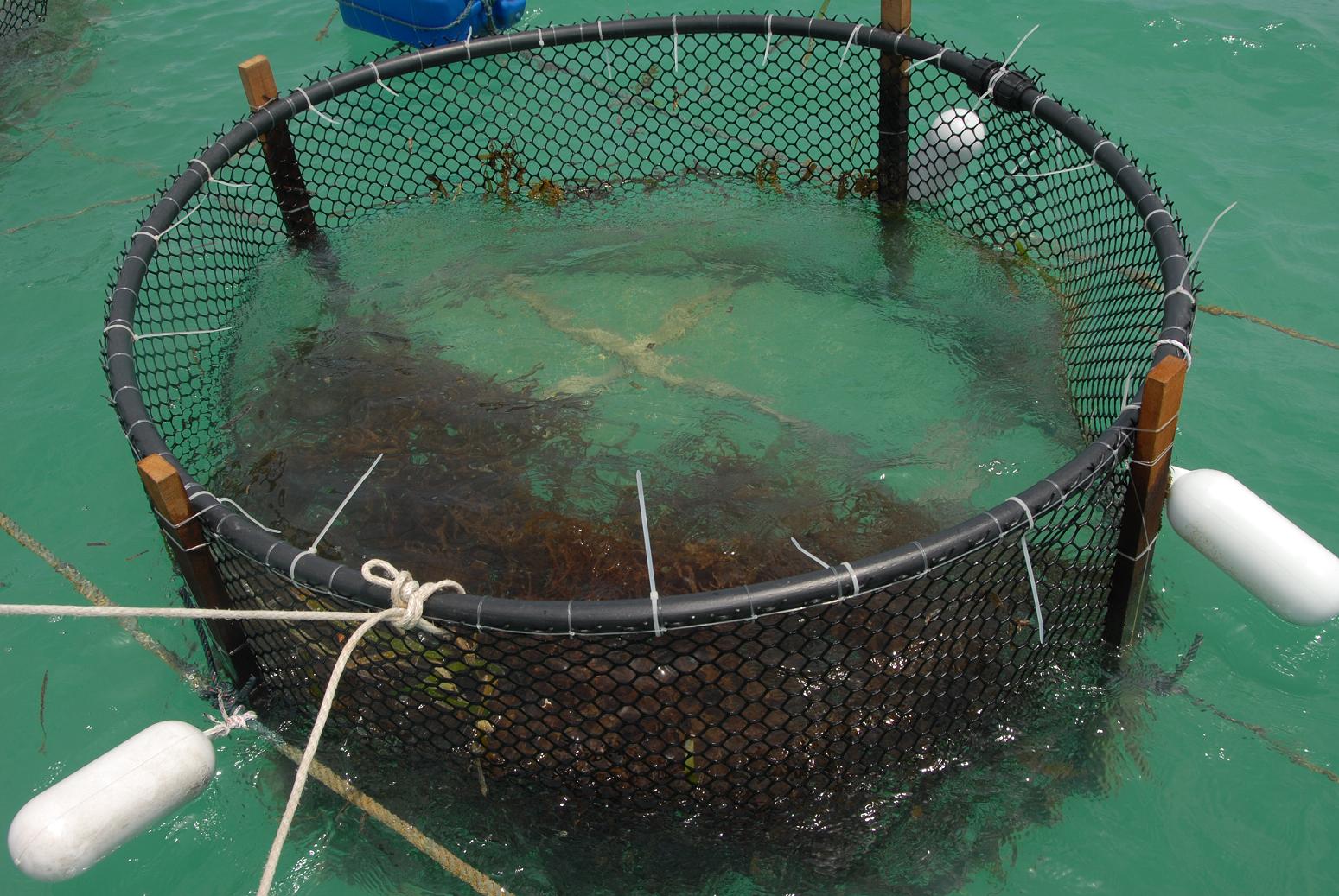Aquaculture Development
Last updated : 15/10/2015
Activity 3 : Fish Fry Hatchling Project, Sabah
1. Project Objectives
- Produce and supply of fish fry to LKIM fish farming projects and private companies in Sabah.
- Reduce the import of marine fish fry from foreign countries.
- Assist in the development of the nation’s fish farming industry especially for caged aquaculture.
2. Project Components
- The implementation of this project will include the hatching, supply and installation of infrastructure for hatching including consultation services on the research of area suitability (quality of water source and others)
- Production of fry would require the use of fish brood stock from local sources. A total of 10 cycles of fish fry hatching is required in a year to produce a number of 100,00 – 500,000 fish fry at 3gm in size.
- The hatching project will be managed entirely by the project team. The staffs requirement will be as follows:
- Manager – 1 (E03)
- Technician – 1 (E01)
- Supervisor – 1 (E07)
- Account Clerk/Typist – 1 (C11)
- Labour – 1 (R11)
- Driver – 1 (R10)
- The project construction will take 1 year and the project can then be initiated henceforth.
Activity 4 : Seaweed Project, Sabah
1. Project Objectives
- Aiding in the completion of a special area dedicated for the development of seaweed and is equipped with the basic infrastructure and other industrial support system for culturing activity and processing of value added seaweed-based products. In addition continuous efforts are being made to identify new areas that have the potential to be developed as seaweed culturing area.
- Induce the production of quality seaweed seedlings (parental stocks) by providing nursery and seaweed seedling banks. This activity will ensure constant supply of quality seedlings in addition to higher returns to the producer. The production of dried seaweed within a 1 hectare area s is estimated at 8.4 metric tonnes a year (4 cycles’ yearly x 3,000 seedlings x 10 rows x 70% lives x 10% dried).
- Increase the production of seaweed through the provision of support and incentives from the government in forms of infrastructure, tax incentives, easy financing scheme and R&D support.
2. Project Components
The main components of the proposed projects are to provide decent basic/logistic infrastructure, technological aspect, industrial support system and encouragement for culturing.
- Provision of decent basic/logistic infrastructure
- Development of new area – national Seaweed Industrial Zone
– Area Identified: 2,000 ha
– Managed the site issues with the state government. - Promote and expand the culturing area.
- Creation of a collection and drying centre for seaweed.
- Development of new area – national Seaweed Industrial Zone
- Technology and Development
- Production of Seedlings /parental stocks
– Selection of the best strains through tissue culture. - Create a Seaweed Nursery
– Encourage investors / partners. - Introduction of new technology for culturing/farming of seaweeds.
- Production of Seedlings /parental stocks
- Industry Support System
- Human Capital Development
– skill workers for culturing, processing, packaging. - Consultation and Related Technologies
– Technical Services - Development of Seaweed Entrepreneurs
– Farming/ Nurseries and Processing - Investment Incentives (Investment Promotion Act)
– Provision of investment incentives within the agriculture industry.
- Human Capital Development
- Encouragement for Culturing
Provision of various incentives and support to the target group (100 participants).
Pages: 1 2






